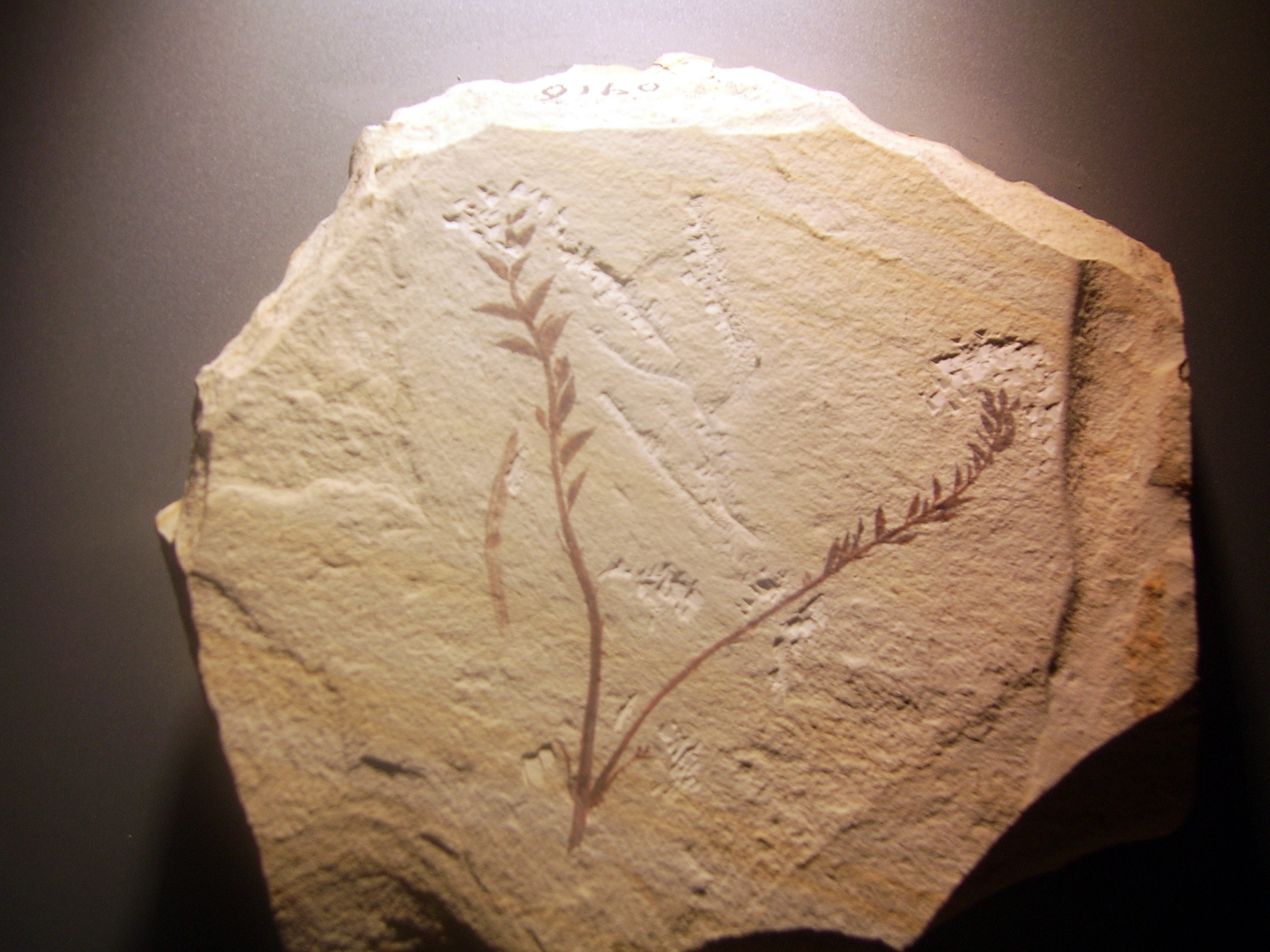Archaefructus on:
[Wikipedia]
[Google]
[Amazon]
 ''Archaefructus'' is an
''Archaefructus'' is an
 ''Archaefructus'' is an
''Archaefructus'' is an extinct
Extinction is the termination of an organism by the death of its Endling, last member. A taxon may become Functional extinction, functionally extinct before the death of its last member if it loses the capacity to Reproduction, reproduce and ...
genus of herbaceous
Herbaceous plants are vascular plants that have no persistent woody stems above ground. This broad category of plants includes many perennials, and nearly all annuals and biennials.
Definitions of "herb" and "herbaceous"
The fourth edition of ...
aquatic seed plants with three known species. Fossil
A fossil (from Classical Latin , ) is any preserved remains, impression, or trace of any once-living thing from a past geological age. Examples include bones, shells, exoskeletons, stone imprints of animals or microbes, objects preserve ...
material assigned to this genus originates from the Yixian Formation in northeastern China
China, officially the People's Republic of China (PRC), is a country in East Asia. With population of China, a population exceeding 1.4 billion, it is the list of countries by population (United Nations), second-most populous country after ...
, originally dated as late Jurassic
The Jurassic ( ) is a Geological period, geologic period and System (stratigraphy), stratigraphic system that spanned from the end of the Triassic Period million years ago (Mya) to the beginning of the Cretaceous Period, approximately 143.1 Mya. ...
but now understood to be approximately 125 million years old, or early Cretaceous
The Cretaceous ( ) is a geological period that lasted from about 143.1 to 66 mya (unit), million years ago (Mya). It is the third and final period of the Mesozoic Era (geology), Era, as well as the longest. At around 77.1 million years, it is the ...
in age. Even with its revised age, ''Archaefructus'' has been proposed to be one of the earliest known genera
Genus (; : genera ) is a taxonomic rank above species and below family as used in the biological classification of living and fossil organisms as well as viruses. In binomial nomenclature, the genus name forms the first part of the binomial s ...
of flowering plant
Flowering plants are plants that bear flowers and fruits, and form the clade Angiospermae (). The term angiosperm is derived from the Ancient Greek, Greek words (; 'container, vessel') and (; 'seed'), meaning that the seeds are enclosed with ...
s.
Because of its age, lack of sepal
A sepal () is a part of the flower of angiosperms (flowering plants). Usually green, sepals typically function as protection for the flower in bud, and often as support for the petals when in bloom., p. 106
Etymology
The term ''sepalum'' ...
s and petal
Petals are modified leaves that form an inner whorl surrounding the reproductive parts of flowers. They are often brightly coloured or unusually shaped to attract pollinators. All of the petals of a flower are collectively known as the ''corol ...
s, and the fact that its reproductive organs (carpel
Gynoecium (; ; : gynoecia) is most commonly used as a collective term for the parts of a flower that produce ovules and ultimately develop into the fruit and seeds. The gynoecium is the innermost whorl of a flower; it consists of (one or more ...
s and stamen
The stamen (: stamina or stamens) is a part consisting of the male reproductive organs of a flower. Collectively, the stamens form the androecium., p. 10
Morphology and terminology
A stamen typically consists of a stalk called the filament ...
s), are produced on an elongate stem rather than condensed into a flower as in modern angiosperm
Flowering plants are plants that bear flowers and fruits, and form the clade Angiospermae (). The term angiosperm is derived from the Greek words (; 'container, vessel') and (; 'seed'), meaning that the seeds are enclosed within a fruit ...
s, Archaefructaceae has been proposed as a new basal angiosperm
Flowering plants are plants that bear flowers and fruits, and form the clade Angiospermae (). The term angiosperm is derived from the Greek words (; 'container, vessel') and (; 'seed'), meaning that the seeds are enclosed within a fruit ...
family. An alternative interpretation of the same fossil, however, interprets the elongate stem as an inflorescence rather than a flower, with staminate (male) flowers below and pistillate (female) flower above. The discovery of ''Archaefructus eoflora'' supports this interpretation, because a bisexual flower is present in the region between staminate and pistillate organs. If this interpretation is correct, ''Archaefructus'' may not be basal within the angiosperms, rather it may be close to the Nymphaeales or the basal eudicots
The eudicots or eudicotyledons are flowering plants that have two seed leaves (cotyledons) upon germination. The term derives from ''dicotyledon'' (etymologically, ''eu'' = true; ''di'' = two; ''cotyledon'' = seed leaf). Historically, authors h ...
.
See also
* '' Montsechia vidalii''References
{{Taxonbar, from=Q137507 Prehistoric angiosperm genera Enigmatic angiosperm taxa Early Cretaceous plants Cretaceous angiosperms